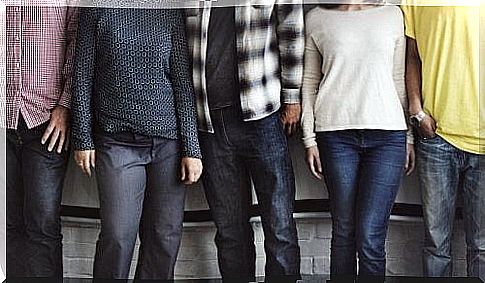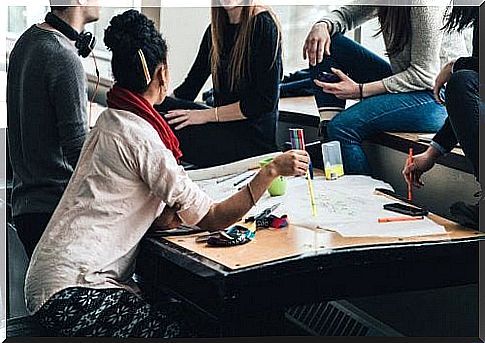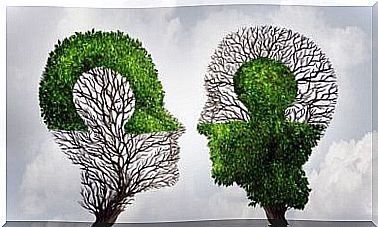The Differences Between Stereotypes And Prejudices

Before we talk about the differences between stereotypes and prejudices, we should start by defining these two words.
Stereotypes are beliefs that we have about the characteristics of a group. The word prejudice refers to negative assessments of these groups. Stereotypes are more related to the cognitive part of the brain while prejudices are more related to the emotional part. Stereotypes arise when one has general knowledge of a group. Prejudice is expressed when we assign the general characteristics of each of the members of that group. When we have prejudices, we make conclusions that express approval or rejection of this group.
Stereotypes reduce our mental energy consumption. This is because forming groups and assigning similar characteristics to groups makes it easier for us to “know” and “understand” these people. Stereotypes save energy and do not always have to be negative. What we should keep in mind, however, is that stereotypes are generalizations and refer to broad characteristics that in no way represent a complete picture of that group or person.
An example of a stereotype can be the belief that everyone from Sørlandet is funny. We can also believe that people in the north are more liberal or that everyone from Stavanger speaks a dialect. These are large groups to which we have assigned or assigned certain properties. The problem is when we believe that stereotypes are always true.

Stereotypes versus prejudices
Prejudice, on the other hand, speaks to us and is part of a negative attitude. Just as we said that having stereotypes is a normal and social response, prejudice means a negative connotation. To continue with our previous example of believing that everyone in Stavanger speaks a dialect, the negative prejudices will be that they are not educated in Norwegian.
This idea begins with a stereotype. In our brain, we use the stereotype of a group and give it a negative connotation. It creates a prejudice against that group. If we take this process a step further, we have discrimination. Discrimination incorporates both stereotypes and prejudices.
What role do stereotypes play?
Social psychologists have studied stereotypes, how they arise, and the differences that exist between prejudice and discrimination. These are the cognitive functions that stereotypes fulfill:
- Systematizes and simplifies reality. Creating broad groups we can categorize and classify allows us to mentally simplify the world. This makes the world more predictable and easier to understand.
- Defends people’s values. Groups allow us to assign a broad characteristic. When we do this, it becomes easier to “understand” and compare ourselves with them.
- Maintain social control. It is easier to control a group than it is to control many individuals.
Is it possible to limit stereotypes and prejudices?
If we understand that stereotypes emerge as a cognitive function, and thus simplify grouping and social understanding, we can take advantage of them. But what happens when the stereotype limits us? Well, this happens when it keeps us from discovering that these assumptions about humans are not always true. If we stop observing groups and individuals more closely, we will find many differences.
It is possible to limit stereotypes and prejudices if, instead of judging, we just observe.

Stereotypes do not exist to limit us. What we should rather do is limit them and deal with them carefully. Although they help our brains to stay organized, they are not always true. Stereotypes are, as we have seen, the starting point for prejudice. Therefore, if we can limit stereotypes, we can limit any prejudices.
Changing stereotypes or prejudices is only possible if we approach the group and try to observe it without using filters or trying to confirm previous ideas. Rather, we should try and put them to the test. We should devote our efforts to focusing on ideas and situations that counteract what we previously thought about this group.









